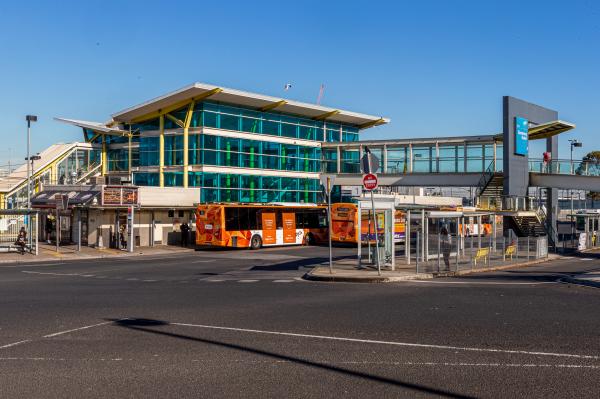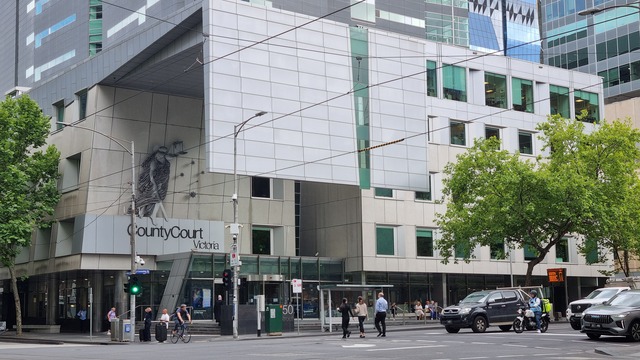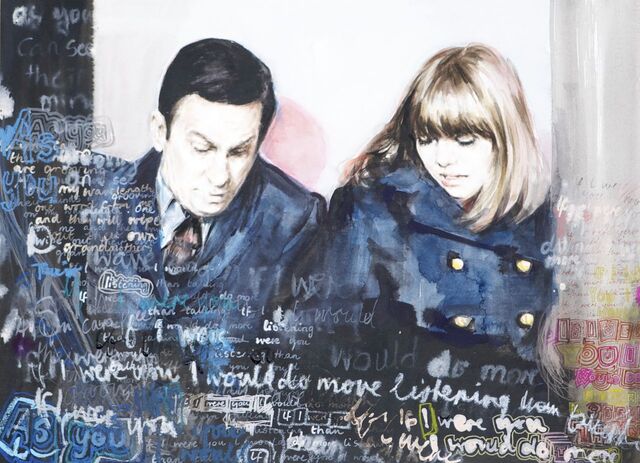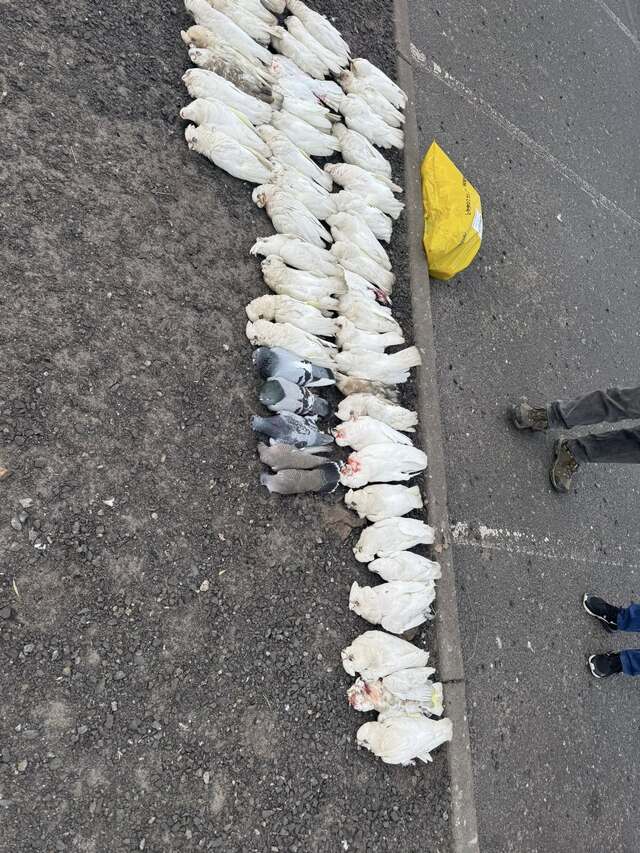An innovative crowd-mapping survey shines a light on Greater Dandenong’s most unsafe night spots for women and gender-diverse people.
The YourGround research project reveals that it’s the darkest places – those lacking lighting – which are the most uninviting.
Dandenong railway station was the site of most concerns.
“I feel so unsafe at this station, with gangs hanging around and whistling at you,” a participant wrote. “The layout is awful and the lighting is poor – I would deliberately avoid this station at all costs, even driving to the city.
“If I had a later class at uni to avoid having to stop here in the evenings to change trains.”
Others told of a stalker hiding and taking photos of them as they waited for trains, a drug-affected man exposing himself, drug dealing and hearing stories of women being assaulted there.
Recently, the State Government announced $200,000 towards exploring ways to improve safety and accessibility at the station.
Unsafe spots included Dandenong Park for a lack of lighting and people at night, and Thomas Street car park being inhabited by intimidating drinkers and drug users.
Noble Park and Sandown Park railway stations were also noted for poor lighting, as was Parkmore shopping centre’s car park in Keysborough.
In Springvale, Newcomen Street and Warner Reserve were listed as unsafe due to lack of lighting.
Safe spots included Harmony Square in Dandenong, Gloria Pyke Netball Complex and Springvale Community Hub.
Harmony Square was described as “beautifully lit, people around, clean”. The Springvale hub’s security and cameras were praised.
Dr Nicole Kalms of Monash University’s XYX Lab said a lack of lighting was raised by more than half of the respondents on the survey’s interactive map.
She said lighting strategies should be aligned with ‘passive forms of surveillance’.
That is, activating spaces with activities and ensuring the activities encourage the presence of other women.
“Just lighting things up isn’t the right response either. Really over-lit spaces feel as unsafe as underlit spaces.”
CCTV cameras didn’t necessarily make women feel safer either, Dr Kalms said.
“They protect assets, which are effective for business owners and councils.
“But women see CCTV cameras and feel that that there is a reason to feel unsafe. For women, CCTV cameras are a forensic tool.”
Some reported feeling entrapped in public spaces with few exits, such as railway stations and infrastructure underpasses.
Other trouble-spots were those deserted at night, crowded public transport that made it hard to identify sexual predators, untended alleys and areas near unoccupied buildings.
Dr Kalms said the overwhelming majority of responses (more than 80 per cent) identified unsafe locations rather than safe spots.
She commended councils for engaging with the project despite it “not always telling a happy story”.
On the plus side, councils will be armed with information to address unsafe spaces for women and gender-diverse people.
YourGround teamed Monash University’s XYX Lab and digital consultant CrowdSpot with 24 Victorian councils, including Greater Dandenong.
It invited participants to identify locations that were safe and unsafe at night on an online map.
The interactive map is open until 31 July. Details: yourground.crowdspot.com.au







